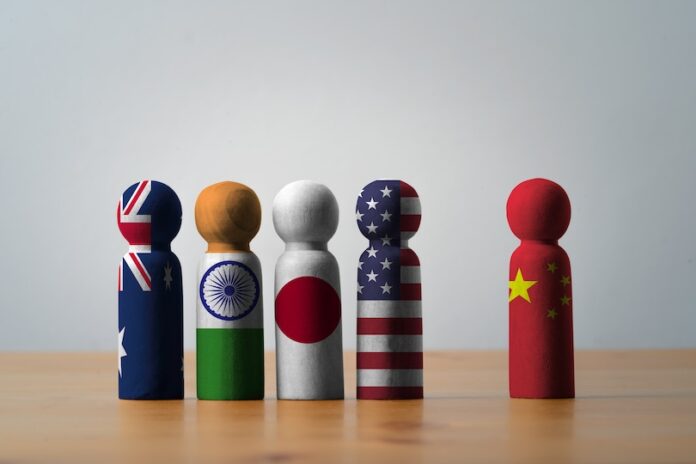India has emerged as a prominent regional power in the Indo-Pacific region over the past decade. The country plays a crucial role in providing security in the Indian Ocean region and has established diplomatic partnerships with emerging powers in Southeast Asia. India’s relationship with the United States is a cornerstone of its strategic priorities in the Indo-Pacific, with both countries aiming to create a more integrated region. As a result, India has become a key linchpin in the network of allies and partners in the region. However, challenges and limitations persist that could hinder India’s strategic plans.
India’s Strategic Outlook on the Indo-Pacific Region
In the Indo-Pacific, India is focused on three specific regions of concern: the Northwest Indian Ocean, the Indonesian Archipelago, and the Southern African region. India’s role in the Indian Ocean is that of a first responder and a preferred security partner for major powers like the United States, as well as regional powers like Australia and Japan. With nearly 9.84 billion tons of cargo passing through the region annually, India’s threat perception determines its partnerships in the Indo-Pacific. The country’s ability to maintain strong relationships with both the United States and Russia has instilled confidence in other regional powers to collaborate with India.
India has taken on the responsibility of combating trafficking and piracy in the Indian Ocean Region, deploying warships for anti-piracy and anti-trafficking operations across various theatres of interest. The nation is enhancing its maritime capabilities with initiatives like SAGAR and IONS, as well as mission-based deployments across the region. India aims to strengthen its maritime competence through collaboration with neighboring countries and integration with Western forces.
India’s priorities in the Indo-Pacific include countering security threats, particularly from China, and enhancing its regional partnerships. The country has been expanding its defense cooperation with countries like Vietnam, Indonesia, and the Philippines. India’s strategic partnership with the United States is crucial in advancing its defense production capacity and increasing its maritime domain awareness.
Role of the US in Determining India’s Strategic Orientation in the Indo-Pacific
The US has shifted its strategic focus to the Indo-Pacific region in recent years, aiming to foster closer partnerships with major regional powers like India, Japan, and Australia. The US views India as a key partner in promoting a free and open Indo-Pacific and countering China’s regional ambitions. The two countries collaborate on various defense initiatives and exercises to enhance their strategic cooperation.
India’s strategic limitations in the Indo-Pacific include concerns about antagonizing China, defense priorities, bureaucratic hurdles in defense imports, and the need to align its foreign policy more closely with the US and its allies. Addressing these challenges will be crucial for India to maintain its strategic position and credibility in the region.
Conclusion
India’s strategic emergence in the Indo-Pacific region has been significant, but the country faces challenges that need to be addressed for sustained growth. By overcoming limitations in its defense capabilities and aligning more closely with the US, India can strengthen its position as a major regional power in the Indo-Pacific. Balancing strategic interests while managing fear of Chinese retaliation will be essential for India’s continued success in the evolving regional dynamics.




